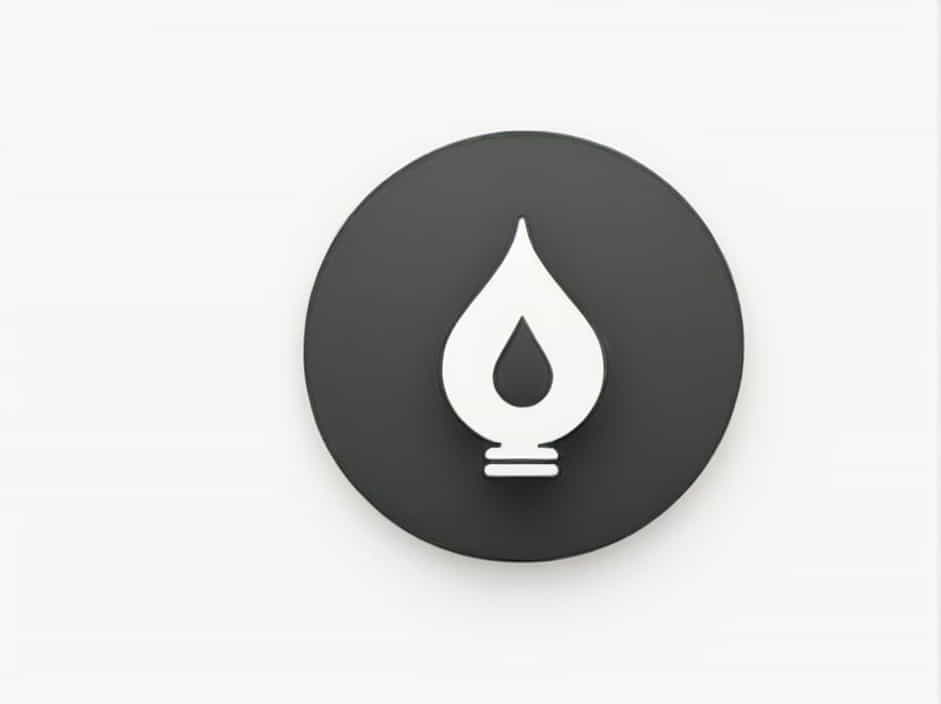Breathing is a fundamental function of the human body, allowing for the exchange of oxygen and carbon dioxide. While inhalation requires active muscle contraction, quiet exhalation is a passive process that relies on the natural recoil of the lungs and thoracic structures.
In this topic, we will explore why quiet exhalation is passive, the role of respiratory muscles, and how the body regulates breathing effortlessly.
What Is Quiet Exhalation?
Quiet exhalation, also known as passive expiration, occurs during normal, relaxed breathing. Unlike forced exhalation, which requires muscular effort, quiet exhalation happens naturally as the lungs and chest return to their resting position.
This process does not require active contraction of the expiratory muscles because it relies on the elastic properties of the lungs and thoracic cavity.
Why Is Quiet Exhalation Considered Passive?
1. Elastic Recoil of the Lungs
The lungs are made of elastic tissue that stretches when we inhale. When we stop inhaling, this tissue automatically recoils, pushing air out without requiring additional muscle effort.
2. Relaxation of the Diaphragm
During inhalation, the diaphragm contracts and moves downward, expanding the chest cavity. When inhalation stops, the diaphragm relaxes and returns to its dome shape, reducing lung volume and allowing air to exit passively.
3. Decreased Thoracic Volume
As the diaphragm and external intercostal muscles relax, the rib cage moves downward and inward. This natural movement decreases the volume of the thoracic cavity, increasing air pressure inside the lungs, which forces air out.
4. No Active Muscle Contraction Needed
Unlike forced breathing (such as during exercise or talking), quiet exhalation does not engage active muscle contractions. Instead, it relies on the passive release of stored elastic energy from the lungs and thoracic wall.
The Role of the Respiratory Muscles
Although quiet exhalation is passive, understanding the muscles involved in breathing helps clarify why this process happens effortlessly.
1. Diaphragm
✔ Contracts during inhalation to create more space for the lungs.
✔ Relaxes during exhalation, allowing the lungs to return to their resting position.
2. External Intercostal Muscles
✔ Located between the ribs, these muscles help expand the ribcage during inhalation.
✔ Relax during quiet exhalation, letting the ribcage return to its normal position.
3. Internal Intercostal and Abdominal Muscles (Only in Forced Exhalation)
✔ These muscles actively push air out during activities like speaking, singing, or heavy breathing.
✔ They are not involved in quiet breathing, making exhalation a passive process.
The Physics Behind Quiet Exhalation
1. Boyle’s Law and Air Pressure Changes
Breathing follows Boyle’s Law, which states that pressure and volume are inversely related.
✔ When the thoracic cavity expands (during inhalation), lung volume increases, and pressure decreases, pulling air in.
✔ When the thoracic cavity relaxes (during exhalation), lung volume decreases, and pressure increases, pushing air out naturally.
2. Lung Compliance and Elasticity
✔ High lung elasticity allows for smooth recoil during exhalation.
✔ Conditions like emphysema reduce elasticity, making passive exhalation less efficient.
Factors That Affect Quiet Exhalation
Several conditions can influence the efficiency of passive exhalation, including:
1. Age and Lung Elasticity
✔ As people age, lung elasticity decreases, making exhalation slightly less efficient.
2. Respiratory Diseases
✔ Emphysema reduces lung recoil, leading to difficulty exhaling.
✔ Asthma causes airway constriction, which increases resistance during breathing.
3. Body Position
✔ Lying down can make quiet exhalation less efficient compared to an upright position, where gravity assists lung recoil.
How the Body Regulates Quiet Exhalation
The autonomic nervous system (ANS) controls breathing without conscious effort. The medulla oblongata in the brainstem continuously monitors oxygen and carbon dioxide levels, adjusting the breathing rate as needed.
✔ Higher CO₂ levels → Faster breathing to remove excess carbon dioxide.
✔ Lower CO₂ levels → Slower breathing as less air exchange is needed.
When Does Exhalation Become an Active Process?
Although quiet exhalation is passive, there are situations where forced exhalation is necessary, requiring active muscle involvement. These include:
✔ Speaking or singing – Air needs to be controlled and expelled forcefully.
✔ Coughing or sneezing – Requires strong muscle contractions to clear airways.
✔ Exercise or physical exertion – More oxygen is needed, and the body actively pushes out carbon dioxide.
Quiet exhalation is a passive process that depends on elastic recoil, diaphragm relaxation, and thoracic volume reduction. Unlike forced exhalation, it does not require active muscle contraction, making it an efficient and effortless process during normal breathing.
Understanding this passive mechanism helps explain how the lungs function naturally and why respiratory health is crucial for maintaining efficient breathing.
